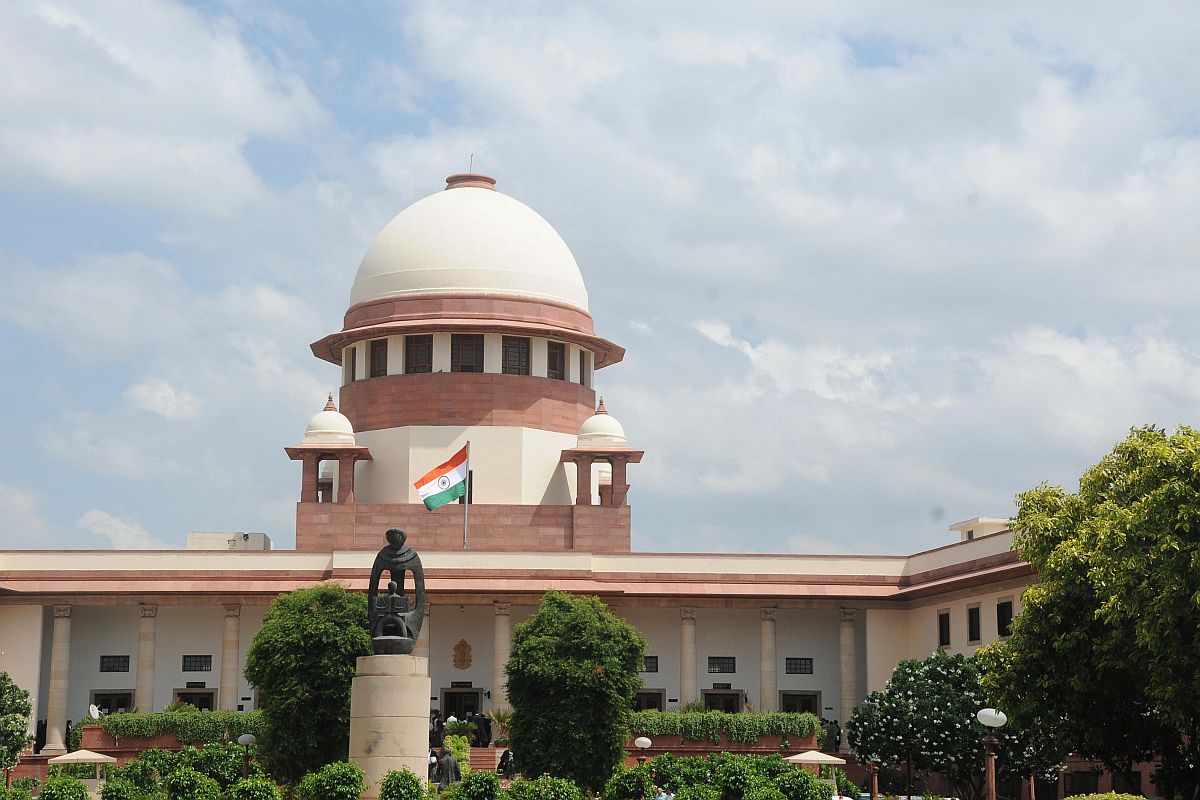India’s Got Latent: SC issues notice on YouTuber Ashish Chanchlani’s plea against FIRs
SC issues notice on YouTuber Ashish Chanchlani’s plea to quash or transfer FIR in India’s Got Latent case; tagged with Ranveer Allahabadia’s petition.
A five-judge constitution bench headed by Chief Justice Ranjan Gogoi was told by senior advocate CS Vaidyanathan, appearing for deity Ram Lalla that contention of Muslim parties that a structure beneath the disputed structure was an idgah wall or an Islamic structure was not correct.

The Supreme Court of India. (File Photo: IANS)
The daily proceedings of Ram Janmabhoomi Babri Masjid case in Supreme Court today heard counsel for deity Ram Lalla who said there is “proof beyond doubt” about the existence of a “massive structure” beneath the demolished Babri Masjid in Ayodhya and inference from excavated materials can be drawn that it was a temple.
A five-judge constitution bench headed by Chief Justice Ranjan Gogoi was told by senior advocate CS Vaidyanathan, appearing for deity Ram Lalla that contention of Muslim parties that a structure beneath the disputed structure was an idgah wall or an Islamic structure was not correct.
Advertisement
“First their case was that there was no structure at all, secondly they said it was an Islamic structure or a Idgah wall. We say that it was a temple which was demolished and the pillar bases found during excavation also suggest to this effect”, Vaidyanathan said in his rejoinder arguments.
Advertisement
He further stated, “That there was a structure beneath is a proof beyond doubt.”
Senior advocate Rajeev Dhavan, appearing for Muslim parties said as per the Archaeological Survey of India (ASI) report there is no conclusive proof or findings of destruction of a temple. Vaidyanathan said that it is the case of Hindu parties that inference can be drawn from excavated materials which include circular shrines, pillar bases, intersecting walls and others that it was a temple.
The ASI report of 2003 also became a matter of argument in the court last week when senior lawyer Meenakshi Arora, appearing for the Muslim parties, told the apex court that thw report was “merely an opinion” of archeologists which needed to be supported by substantial proof to establish that a Ram temple already existed at the disputed site at Ayodhya. Arora told the bench that the report cannot be held as a “substantive proof.”
The five-judge Constitution bench, headed by Chief Justice Ranjan Gogoi, said the inferences from the Archeological Survey of India (ASI) report were drawn by “cultivated and studied minds.”
Advertisement